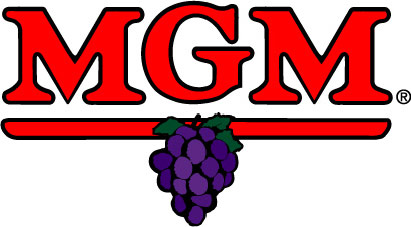Braising liquid is traditionally stock and wine; however, beer emphasizes other flavors in meats. Stock emphasizes the meat flavor, while wine and beer diversify the profile. Wine works in any braise, increasing depth, nuance and acidity. But, do not substitute red for white, or vice versa, as they have different flavor profiles that will work differently in each dish. Red wines tend to have more tannins, the element that dries your mouth as you drink, and can develop a slight bitterness when they reduce in a sauce. White wines add flavor without the bitterness and can be reduced for much longer than reds. Although the alcohol mostly reduces out of wine, cooking wines can skew the flavors of your dish and effect the acidity of the braise. Cooking wines may have added preservatives and salt that table wines do not contain.
Beer is a slightly more finicky companion. Light lagers engage a pleasant, slightly sour note that pairs with pork, but darker stouts and porters are a better match for beef. The slightly sweet notes of cider add light freshness to poultry and pork.
When buying a bottle to pour into your dinner, don’t use anything you would not also enjoy in a glass. A low-quality wine or beer will not enhance the flavors of a braised dish, but the subtlety of your nicest bottle will be lost. A standard dry table wine or drinkable beer will do the trick.
Brandy and bourbon are also delicious additions to sauces and braises. Nutty, spicy notes in brandy complement chocolate and fruity desserts, while the smoky flavors of bourbon enhance pastas and meats, as well as chocolate desserts.
Widely known as an easy way to cook tough cuts of meat, braising is an art that requires minimal fuss for the delectable reward of soft, flavorful meat. Like any good work of art, preparation determines the product.
Several key factors determine the finished texture and taste before the pan even goes in the oven.
- Do not crowd the meat in the pot or it will cook unevenly.
- Allow the entire piece to develop a deep color during searing before removing it from the pot.
- Sauté the vegetables until they become a caramel brown color; you don’t want beige vegetables, but scorched black is also unappetizing.
- As the vegetables brown, the increased heat causes more chemical reactions, including caramelization, which develops depth and complexity of flavors.
- After adding the braising liquid, scrape the browned bits from the bottom of the pot. The bits are packed with flavor that enriches the sauce as they dissolve.
When it goes in the oven, just a few tricks will enable you to braise like a pro. There is no uniform cooking time because each cut of meat cooks differently: longer, thinner cuts will cook faster than stouter pieces. Higher cooking temperatures lead to drier meats, so starting at a lower temperature and increasing to the designated cooking temperature will prevent drying out the meat while still ensuring it cooks thoroughly.




